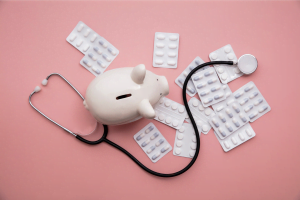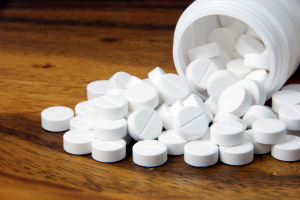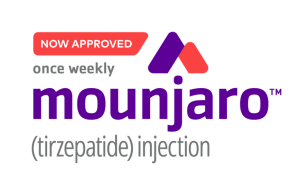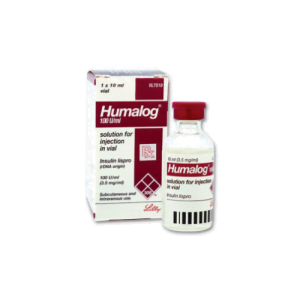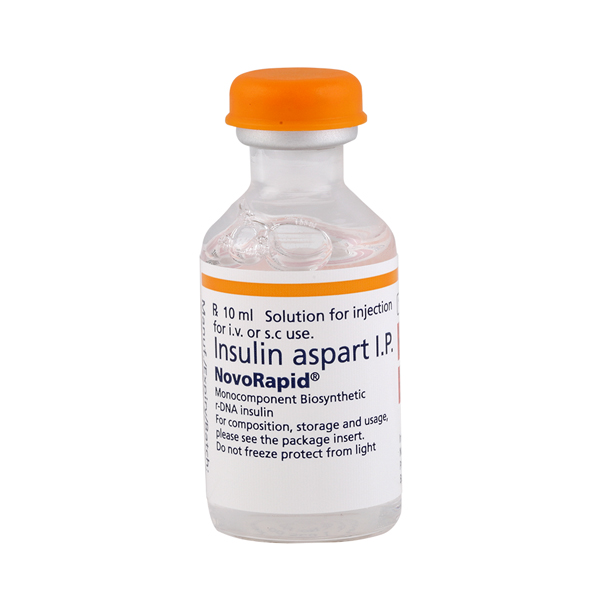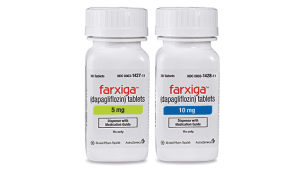What is Diabetic Ketoacidosis?
Diabetic ketoacidosis (DKA) is a complication of diabetes that can have serious – and even fatal – consequences. It occurs when a lack of insulin results in the body breaking down fat to use as fuel. This causes the body to produce high levels of ketones, or blood acids, which in turn leads to DKA if left untreated.
Causes
Diabetic ketoacidosis is caused by a lack of insulin, which means the body cannot use sugar properly for energy. It occurs primarily when there is an issue with the diabetic person’s insulin therapy. This could include a missed dose of insulin or an inadequate insulin regimen, leading to a lack of insulin in the system.
Additional causes may include:
- Illness or infection that causes the body to produce more of certain hormones that counteract the effects of insulin, such as cortisol or adrenaline. The most common culprits are pneumonia and urinary tract infections.
- Physical and/or emotional trauma
- Heart attack
- Alcohol or drugs, especially cocaine
- Some medications, such as diuretics and corticosteroids
DKA is most common in people who have Type 1 diabetes; though there is a risk for people with Type 2 diabetes, it is much lower. Often, diabetic ketoacidosis is the first sign of diabetes in people who have yet to be diagnosed.
Symptoms
Diabetic ketoacidosis becomes symptomatic quickly, sometimes within 24 hours.
Speak to a doctor if you have the following symptoms:
- Excessive thirst
- Frequent urination
- Nausea and/or vomiting
- Abdominal pain
- Weakness and/or fatigue
- Shortness of breath
- Fruit-scented breath
- Confusion
Blood and urine testing confirm diabetic ketoacidosis by detecting high blood sugar levels, also called hyperglycemia, and high ketone levels in the urine.
Treatment
In addition to being treated with insulin, DKA can be treated with fluids and electrolytes, such as chloride, potassium, and sodium. However, there are complications that may occur during treatment. This includes low blood sugar levels (hypoglycemia), low potassium (hypokalemia), and swelling of the brain (cerebral edema).
How to Prevent Diabetic Ketoacidosis
Fortunately, diabetic ketoacidosis is preventable. Managing diabetes through healthy eating, physical activity, insulin and other medications is essential.
Additionally, monitoring blood sugar levels regularly to ensure they are within target range can help prevent DKA. This helps doctors know if an individual’s insulin dosage requires adjustment for better management.
If someone is worried about developing diabetic ketoacidosis due to illness or infection, they can check their ketone levels with a urine test kit. Low ketone levels may require an increase in insulin.
Disclaimer: Please note that the contents of this community article are strictly for informational purposes and should not be considered as medical advice. This article, and other community articles, are not written or reviewed for medical validity by Canadian Insulin or its staff. All views and opinions expressed by the contributing authors are not endorsed by Canadian Insulin. Always consult a medical professional for medical advice, diagnosis, and treatment.




